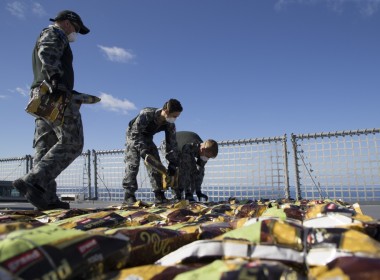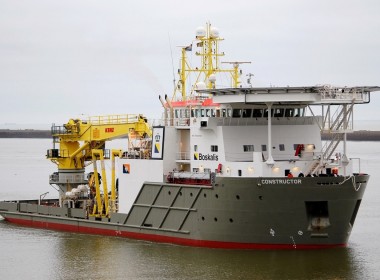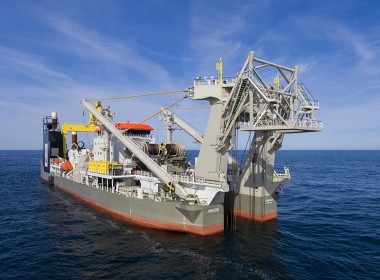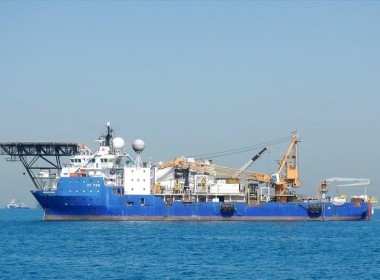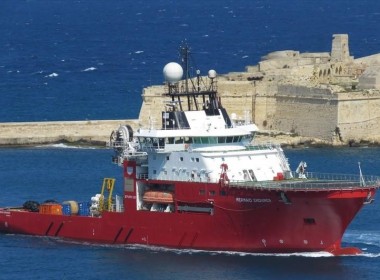FEATURE | Bring Australia’s Navy home from the Middle East
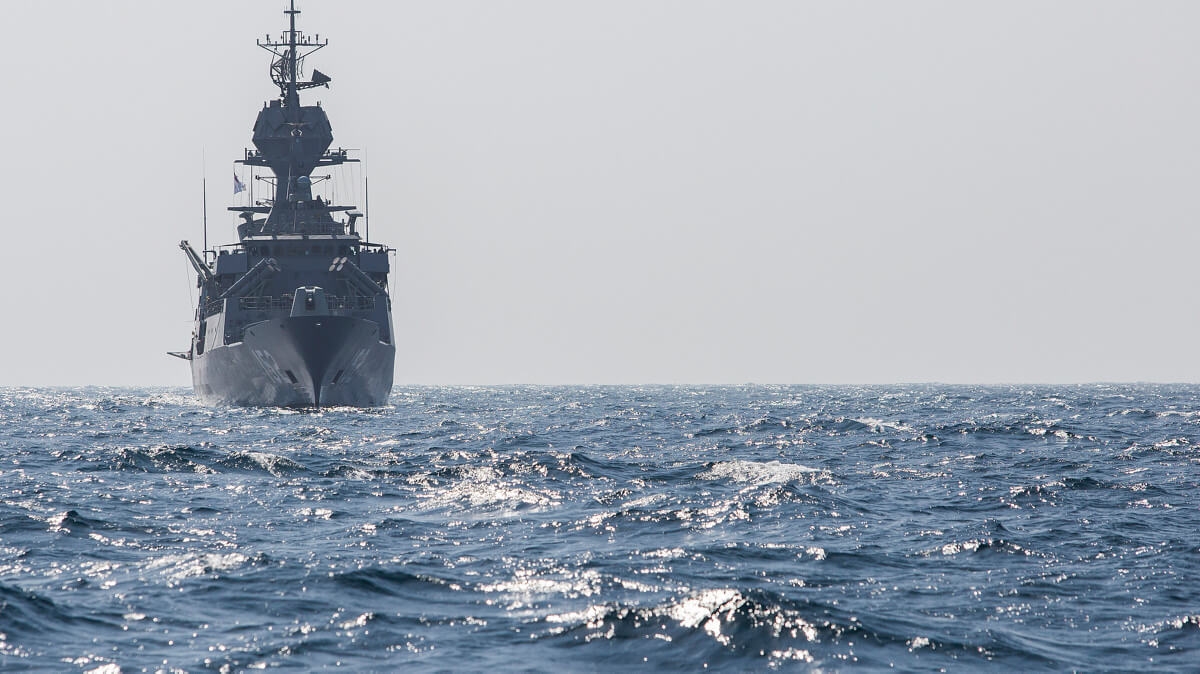
Last Wednesday, the Royal Australian Navy (RAN) frigate HMAS Warramunga docked at Garden Island, ending a nine-month deployment to the western Indian Ocean. It was the 66th deployment of an Australian warship to the Middle East region, part of an almost continuous Australian naval presence there since 1990.
A frigate to replace the Warramunga is due to depart in a couple of months, representing Australia’s 67th deployment. Although Australia’s naval commitment to that region has been slightly reduced (to 9 months out of 12), there is currently no reason to believe that these deployments will ever end.
The Australian Navy has done excellent service in the Middle East over the past 28 years. Since 1990, when Australian ships were deployed to the Persian Gulf in response to the invasion of Kuwait, the RAN has fulfilled tasks ranging from maritime interdiction operations (MIO) and naval gunfire support against Iraq to protection of oil terminals in the Persian Gulf, anti-piracy operations, and MIO aimed at arms and drug smuggling.
This has demonstrated adaptability, but it is also a textbook example of mission drift.
For several years, much of the RAN’s role has been to intercept smugglers on the “smack track” taking drugs from growing areas in West Asia to East Africa, and then onwards. Most of it ends up on the streets of London, Barcelona, Milan, or Warsaw, and a dozen other European cities.
Since deploying last November, the Warramunga has done an impressive job, seizing and destroying around 32 tonnes of hash and two tonnes of heroin with a value of more than $2 billion. But this still probably represents only a fraction of drugs being smuggled.
People might think that it’s a good public service to stop some drugs mostly headed for Europe. But is it the optimal use of around 20 to 25 per cent of Australia’s frigate fleet?
In fact, many naval practitioners now struggle to justify Australia’s naval deployment to the western Indian Ocean. There is a feeling that we’re there because we’re there because we’re there. It is institutional inertia that is keeping us there. And inertia is not a good way to make decisions about the allocation of limited resources. In fact, we now need the navy to address much bigger threats, many of them much closer to our shores.
The reasons for Australian naval deployments to the western Indian Ocean have not been publicly debated for many years. But several reasons are sometimes proffered.
One is that it is an “Alliance Thing”. Another is that it is part of the fight against the Taliban and other extremist groups which, it is claimed, receive some of the proceeds of drugs. Another is that the navy gains valuable experience by participating in (and sometimes commanding) coalition navies in the western Indian Ocean – including advanced partners Britain, France, or Canada, as well as less sophisticated navies.
Some of these reasons have an element of truth. But none of them is sufficiently compelling to justify a permanent commitment of a large proportion of the Australian fleet 9,000 kilometres from our shores.
The Alliance Thing is the biggest furphy. Yes, the Australian deployments to the Kuwait or Iraq wars 10 or 20 years ago were a meaningful alliance commitment. But chasing drug smugglers off the coast of Tanzania is not. The redeployment of those naval resources as part of the “main game” in or around the Pacific would actually be much more meaningful.
Australia is an activist middle naval power. We claim a vast area of strategic interest, ranging from Northeast Asia to the South Pacific, from the Middle East to Antarctica. This covers a significant part of the Earth’s surface. The Australian Government places very high demands on its capable, but middle-sized, navy to address a wide range of challenges across three different oceans – perhaps the greatest demands on any similar sized navy anywhere in the world. But the unfortunate reality is that when resources are devoted to task A, they can’t be devoted to tasks X, Y, or Z.
So what are Australia’s maritime security priorities? Unfortunately, we have all too many. These include dealing with flashpoints in Northeast Asia, working with our friends in Southeast Asia and the South China Sea, and reinforcing Australia’s traditional commitments in the South Pacific.
Australia has also badly neglected our neighbourhood in the eastern Indian Ocean. Countries such as Sri Lanka, Bangladesh, and the Maldives are tilting ever closer to Beijing, in part attracted by Chinese investments. There is a real risk that we may soon see China establish naval and air bases in those countries, which is not a great thing for Australia.
Japan is investing a lot of money in capacity building across the Bay of Bengal, and Washington just announced a US$300 million military assistance package that includes a focus on the Bay of Bengal. Australia may be less able to give material assistance, but it can provide training and assistance, as well as symbolic support, through regular, extended naval visits to the region.
As challenges grow in our immediate neighbourhood, we need to rethink exactly what, if any, security commitment Australia can afford to make to East Africa. A country such as Australia must be very clear-headed about where our key interests lie, and we must be ruthless about the allocation of our defence resources. Inertia is not a valid decision-making process.


